Japanese traditional decorations are a remarkable blend of history, culture, and artistry that can transform any space into a serene and beautiful haven. From delicate origami to elaborate kintsugi, these decorations not only enhance the aesthetic appeal of a home or event but also tell a story of a rich cultural heritage. Join me as we delve into the fascinating world of Japanese traditional decorations, sharing insights, personal experiences, and practical tips to bring these timeless elements into your life.
Understanding the Essence of Japanese Traditional Decorations
Japanese traditional decorations, or wazuka, encompass a wide array of art forms and practices. These decorations are not just for visual pleasure; they carry deep meanings, historical significance, and are often associated with specific seasons or festivals.
A Brief History of Japanese Decorations
The evolution of Japanese decorations can be traced back to ancient times, influenced by various cultural exchanges and historical events. Early designs were heavily influenced by nature, spirituality, and the four seasons, which are central themes in Japanese aesthetics.
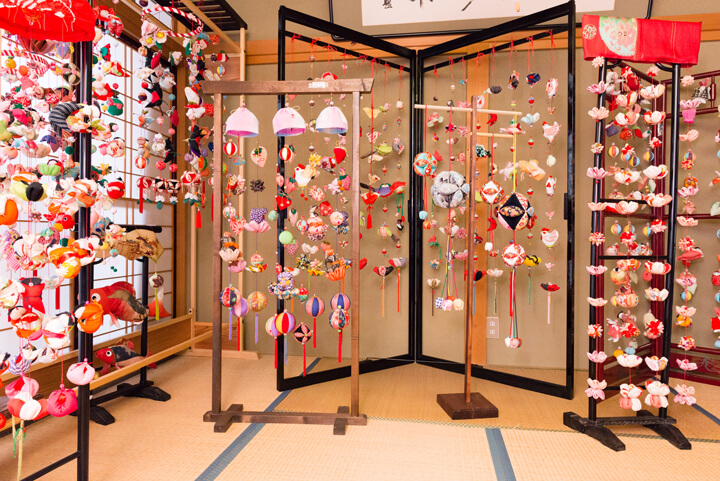
Key Historical Influences
- Shintoism: The indigenous spirituality of Japan that reveres nature.
- Buddhism: Introduced in the 6th century, enriching decorative arts.
- Chinese Influence: Brought in concepts of design and artistic styles.
The Variety of Japanese Traditional Decorations
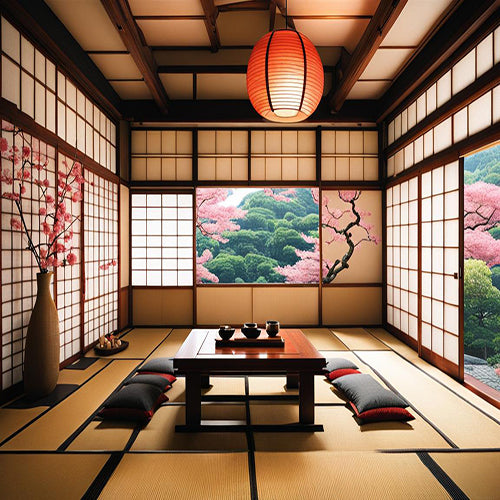
From the simple charm of kintsugi to the intricate beauty of kimono patterns, Japanese decorations are as diverse as they are enchanting. Below, we explore some of the most popular forms of traditional decorations.
1. Origami
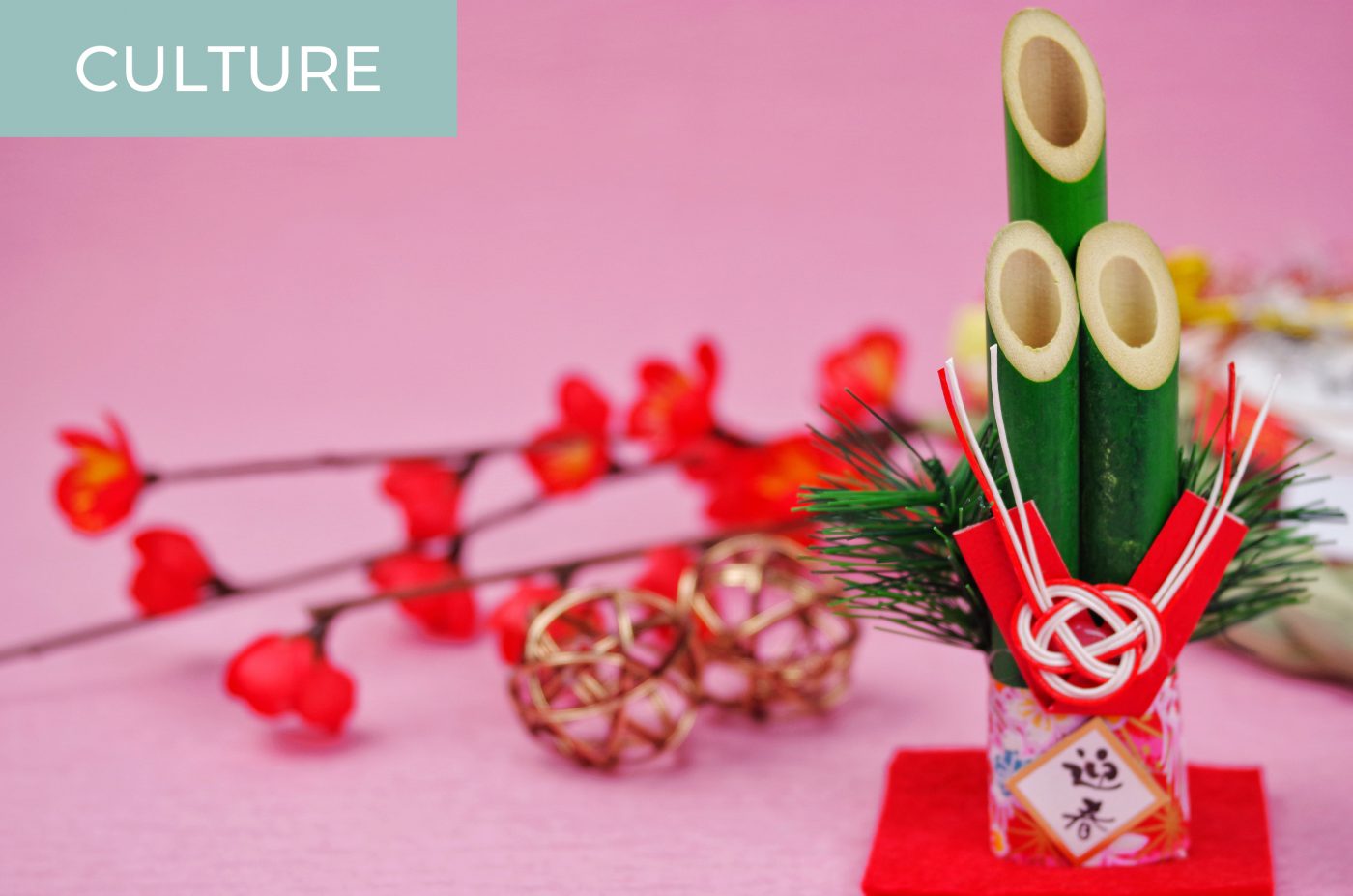
Origami, the art of paper folding, transforms simple sheets of paper into intricate sculptures. It symbolizes patience and precision, often used in celebrations and as gifts during special occasions.
Common Origami Figures
| Figure | Symbolism |
|---|---|
| Crane | Longevity and good fortune |
| Lotus | Purity and enlightenment |
| Butterfly | Transformation and beauty |

2. Kintsugi
Kintsugi is the art of repairing broken pottery with lacquer dusted or mixed with powdered gold, silver, or platinum. This technique highlights imperfections, showcasing that broken pieces can be beautiful.
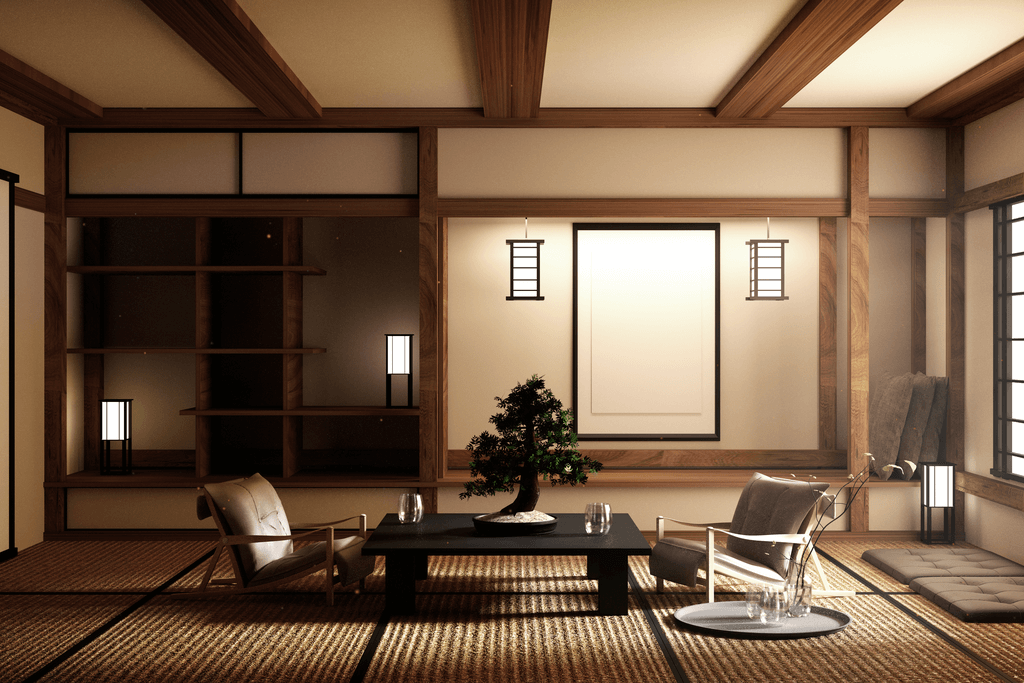
Pros and Cons of Kintsugi
- Pros:
- Emphasizes beauty in flaws
- Eco-friendly, promotes recycling
- Cons:
- Requires skill and patience
- Can be costly for professional repair
3. Ikebana
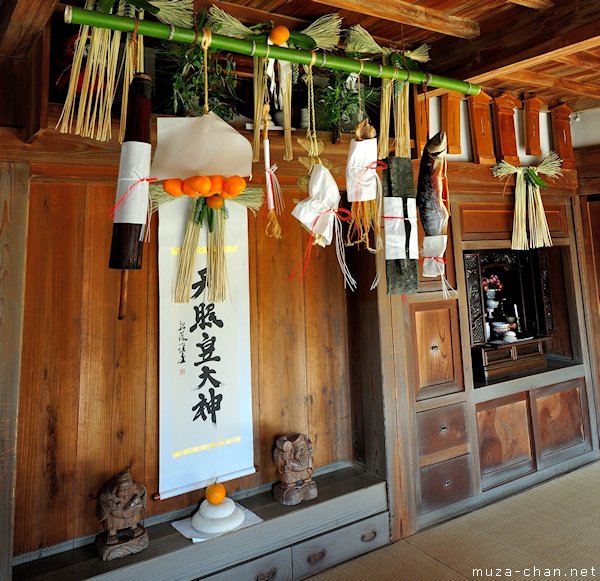
Ikebana is the Japanese art of flower arrangement, focusing on harmony, balance, and simplicity. Each arrangement is a unique expression of beauty and emotion.
The Principles of Ikebana
- Line: The linear elements of the arrangement.
- Balance: The equilibrium between different components.
- Form: The shape and structure of the arrangement.
4. Noren
Noren are traditional Japanese fabric dividers hung in doorways or windows. They serve both practical and decorative purposes, symbolizing hospitality and warmth.
Materials and Designs of Noren
- Materials: Cotton or silk
- Designs: Often feature seasonal motifs or family crests
Incorporating Japanese Traditional Decorations into Your Space
Bringing the beauty of Japanese traditional decorations into your home can create a calming and inviting atmosphere. Here are some practical tips based on my experiences.
Choosing the Right Decorating Style
Understand your personal style and how you want to integrate traditional elements. Whether you prefer a minimalist approach or a more eclectic mix, there’s a way to blend Japanese aesthetics seamlessly with your existing decor.
Popular Styles
| Style | Description |
|---|---|
| Minimalist | Focus on simplicity and functionality |
| Eclectic | A mix of various styles and periods |
| Zen | Promotes tranquility and mindfulness |
Practical Tips for Displaying Decorations
- Use Nature: Incorporate plants and natural elements to enhance the decor.
- Focus on Light: Create soft lighting that accentuates the decorations.
- Placement: Arrange items mindfully to maintain balance and flow.
Celebrating Japanese Traditions Through Decor
Japanese decorations are often tied to festivals and traditions. Understanding these connections can enhance your appreciation of the art and its significance.
Seasonal Decorations
Japanese culture places a strong emphasis on the seasons, and decorations often reflect this. Here are some key seasonal decorations:
Key Seasonal Celebrations
| Season | Decoration | Significance |
|---|---|---|
| Spring | Sakura (Cherry Blossoms) | Symbolizes renewal and beauty |
| Summer | Hikigatsu (Traditional Wind Chimes) | Represents coolness and summer breezes |
| Autumn | Momiji (Maple Leaves) | Highlights the beauty of change |
| Winter | Kagamimochi (Decorative Rice Cakes) | Welcomes the new year |
Personal Experience: My Journey with Japanese Decorations
In my quest to create a serene living space, I started incorporating Japanese traditional decorations. The process was mesmerizing; I found joy in learning about each piece’s history and significance. My favorite addition was a small kintsugi bowl, which not only served as a decorative item but also a reminder that beauty often lies in imperfections.
Frequently Asked Questions (FAQs)
What are some common materials used in Japanese traditional decorations?
Common materials include silk, paper, wood, and ceramics. Each material has its unique significance and application in traditional crafts.
How can I learn more about Japanese traditional decoration techniques?
There are many workshops and online courses available that provide hands-on experience in traditional arts like origami, ikebana, and kintsugi.
Can I incorporate Japanese decorations in modern interior design?
Absolutely! Japanese traditional decorations can complement modern aesthetics beautifully, especially with a focus on minimalism and natural materials.
Are there any specific rules for displaying Japanese decorations?
While there are no strict rules, focusing on balance, harmony, and mindful placement is essential to create a serene atmosphere.
What is the significance of including seasonal decorations?
Seasonal decorations help connect people to nature and the changing cycles of life, reflecting gratitude and appreciation for the present moment.
Conclusion: Embracing the Beauty of Japanese Traditional Decorations
Incorporating Japanese traditional decorations into your life can offer a profound connection to culture, history, and artistry. Whether you choose to explore the delicate folds of origami, the elegance of ikebana, or the beauty of kintsugi, each piece has a story to tell. By embracing these decorations, you not only beautify your space but also create an environment filled with meaning and serenity. I encourage you to explore and enjoy this magical journey of discovery, as I have.